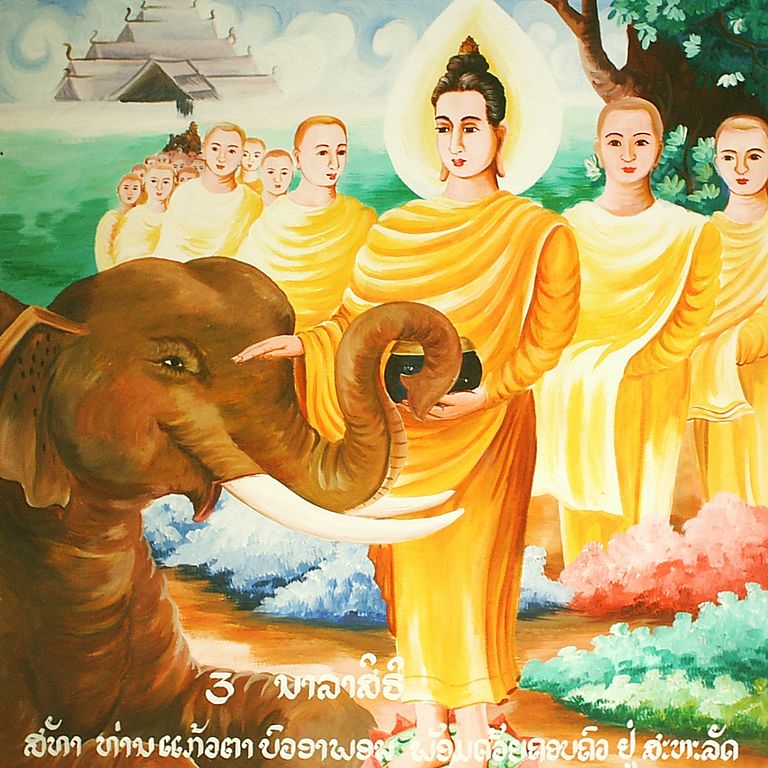Animal Doubles of the Buddha
DOI:
https://doi.org/10.52537/humanimalia.9664Abstract
Two centuries’ worth of work on the rich narrative traditions surrounding the life of the historical Buddha have thus far failed to pay any attention to the episodes in his live involving close interactions with animals. This article draws from premodern Indian Buddhist sources in Sanskrit and Pāli to look at two animal characters who play significant roles within the Buddha’s life-story— the horse Kanthaka and the elephant Nāḷāgiri. I argue that both animals constitute “doubles” or shadows of the Buddha — illuminating his character through identification, contrast, or parallelism with an animal “other.” More specifically, the horse Kanthaka serves as a scapegoat for the Buddha, absorbing some of the sin and blame that are due to him, yet without tainting his perfect character. The elephant Nāḷāgiri, on the other hand, serves as a billboard for the Buddha’s power and charisma, allowing these features of the Buddha’s character to be publicly displayed to the cosmos at large.
Downloads

Published
Issue
Section
License

This work is licensed under a Creative Commons Attribution-NonCommercial 4.0 International License.


